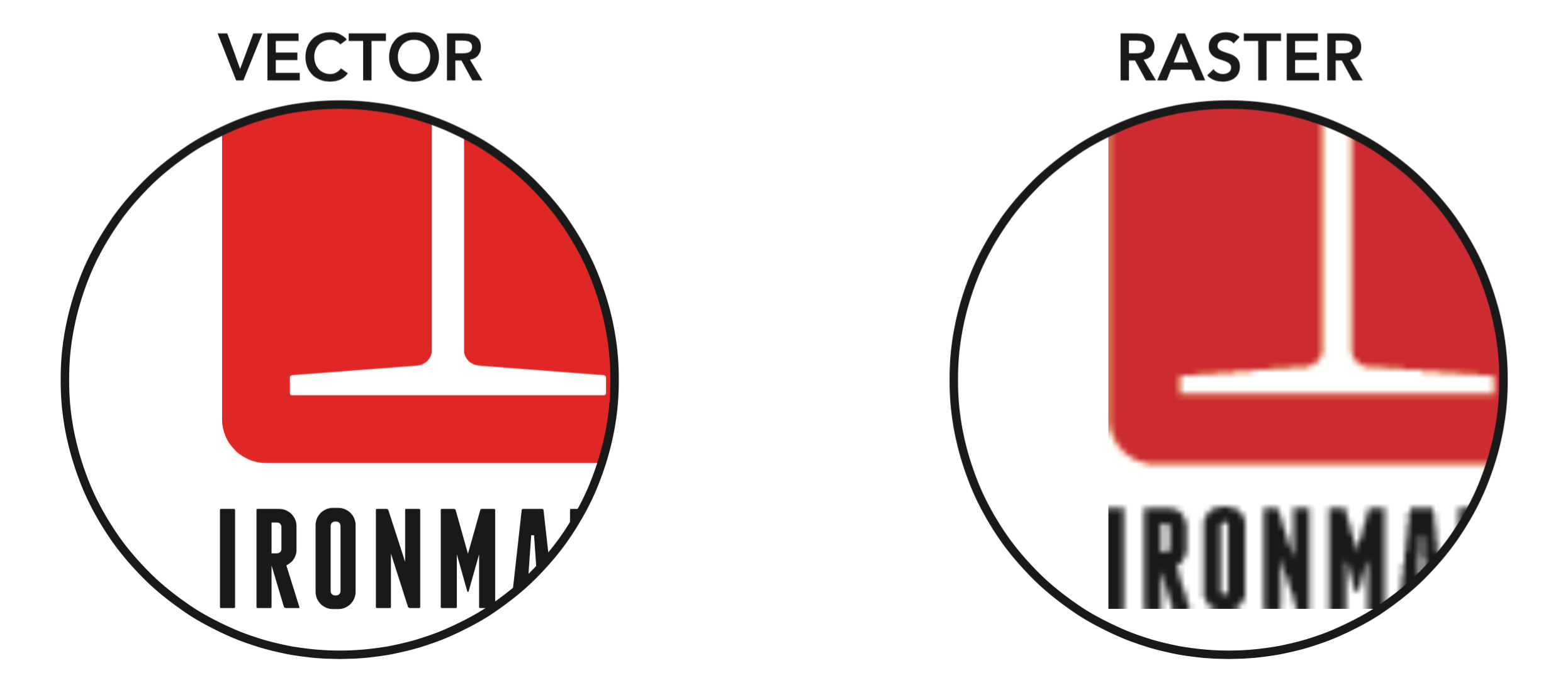

Most of the images and icons we see on the web are raster graphics and so are most of the images we see in various printed media (e.g. Trust us, they'd much prefer it that way.Ī raster graphic is the most common type of graphic we see in today's world. So next time, instead of baffling your clients with puzzling words, just show this article to them and let them read through it in their own time. In this post, we'll be explaining the differences, advantages and disadvantages of vector and raster graphics in plain English. raster argument to every single one of your clients? We think this is a poor solution and so, we've done all the hard work for you. So what's the solution? Should you just carry on explaining the lengthy vector vs. Nobody likes it when their graphic designer starts using overly-complex words because understandably, not everyone is a graphic design geek with nothing better to do than learn the intricacies between vector and raster graphics. you've been a client looking to have an image enlarged) then you might have been the one feeling bemused. If, on the other hand, you've ever been on the other side of the fence (i.e. It involves using terms like vector and raster graphics, both of which are terms that will likely serve no purpose other than leaving a bemused look on your clients face. It's at this point that you likely embark upon a long-winded explanation as to why they simply cannot enlarge a photograph of their children (taken on a disposable camera) into a ten foot canvas. Often, clients will come to you with a photograph or perhaps a business logo and depending on the quality and/or format of the file, enlargement might not be possible (due to an extreme loss of quality). Ultimately, if you are having design work done, make sure to talk to your designer about your files formats, so you can collect the appropriate files or have them created if they are not available.If you're a graphic designer, there's probably been countless occasions where a client has come to you asking how they can enlarge an image they have, as they want to use it somewhere else. There are ways to use other file formats, but the type of work you are having done will ultimately determine whether or not you will need vector files or not. “Do I always need a vector file if I’m having design work done?” It’s important to have a brand identity kit for your organization that contains this version of your logo among many other things. If there is no vector version available, often they can be recreated from a raster graphic, depending on its complexity and quality. Get in touch with the original designer of your logo to find out if a vector version of your logo was ever produced and request a copy of it. “So what if I don’t have a vector version of my logo?” If you ever plan on having graphic design work done or want your logo placed on promotional items you will be asked for vector graphics files. While you may not ever personally use these files, or even have the programs to open them, it is very important NOT to delete your vector image files. Most people will refer to vector graphics as an.
Raster images vs vector images software#
Jpg and other pixel based files will loose file data every time they are opened and saved.įor the everyday user, vector graphics are something you will rarely use if you don’t have the software to open them (such as Adobe products and QuarkXPress).

This will save you money and produce higher quality results. #2: Vector graphics will save your graphic designer time.

Icons and more illustrated-looking artwork is also good to have in vector files. You can use your vector logo huge on a billboard, small for your pens, or for a screen printed t-shirt. Those smooth lines and shapes produce the best quality printed materials, having a solid, consistent color and crisp, clear text. Logos, for example, should always have a vector format. They are a big part of most printed or published materials.
Raster images vs vector images professional#
#1: Vector graphics produce professional looking branding. Why this matters…Īfter learning the basics of a vector graphic, you need to know why it’s important. The artwork will never have jagged lines or blurriness.Īlso colors are separated into their own shape (vs a bunch of little squares making a colored area), which makes changing colors within these graphics as easy as the click of a button. This means no matter the size or how far zoomed in the image is, the lines, curves, and points remain smooth. More specifically, a vector graphic is an artwork made up of points, lines, and curves that are based upon mathematical equations, rather than solid colored square pixels. So what is different about a vector image? You see hundreds of vector graphics a day and probably don’t realize it.


 0 kommentar(er)
0 kommentar(er)
